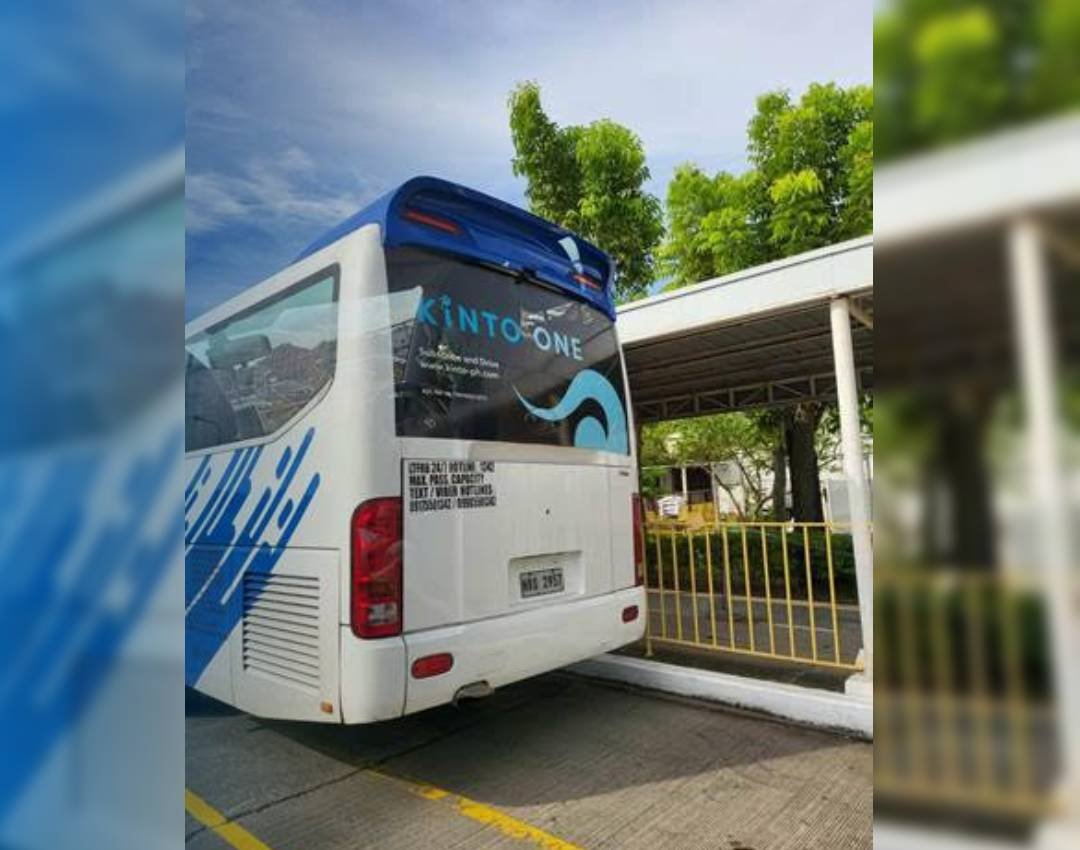Transit Advertising Philippines: An Innovative Way to Advertise
Transit Advertising Philippines: An Innovative Way to Advertise
Blog Article
Recognizing the Role of Transportation Marketing in Enhancing Brand Presence and Consumer Involvement
Transportation advertising has actually arised as a pivotal component in the advertising landscape, supplying one-of-a-kind opportunities for brand names to elevate their presence and engage consumers effectively. With the capability to reach a restricted and diverse audience during their everyday commutes, these advertising strategies are not merely regarding visibility; they have to do with developing significant links with potential customers. As we check out the complex advantages and innovative methods within transportation advertising and marketing, it becomes necessary to consider how these aspects collectively affect customer perception and behavior, questioning regarding their lasting influence on brand commitment.
Definition of Transit Marketing
Transit advertising and marketing refers to the practice of promoting items, solutions, or brand names with ads put in and around mass transit systems. This form of advertising incorporates a selection of positionings, consisting of posters on buses and trains, digital screens at transportation terminals, and covers on the exterior of cars. It intends to reach a diverse target market, maximizing the high foot web traffic connected with public transit.
Transportation advertising and marketing is purposefully placed to catch the attention of travelers, who typically spend substantial time waiting or taking a trip. By integrating advertisements right into the everyday routines of people, brands can create an enduring perception and foster brand acknowledgment. The tool is particularly reliable in metropolitan environments, where mass transit is a main setting of traveling.
Additionally, transportation advertising can assist in local targeting, enabling services to get to particular demographics based on transportation paths and terminal places. As metropolitan populaces expand and using public transport increases, this advertising approach has acquired importance as a vital element of integrated advertising methods. The dynamic nature of transportation marketing, incorporated with its capacity to involve customers in a restricted setting, emphasizes its importance in contemporary advertising techniques.
Advantages of Transit Marketing
The performance of transportation marketing hinges on its capacity to deliver a plethora of advantages to brand names seeking to enhance exposure and engagement. Among the primary benefits is the comprehensive reach it provides; transportation advertisements can effectively target varied demographics across urban areas, getting to both pedestrians and commuters alike. This broad direct exposure considerably increases brand awareness.
An additional advantage is the high frequency of perceptions. As transit cars follow well-known courses and quit at several places, they create recurring exposure that strengthens brand name messages. This frequency promotes familiarity, which is essential in customer decision-making.
Transportation marketing is likewise cost-effective compared to other media systems. Provided its expansive reach and potential for high perceptions, brand names usually experience a reduced expense per thousand perceptions (CPM), optimizing their advertising budget plan.
Moreover, transportation ads can create a feeling of community connection. By lining up with neighborhood transit systems, brands can resonate with regional audiences and foster a sense of neighborhood satisfaction. This local method enhances brand commitment and engagement, making transit advertising and marketing a compelling choice for organizations intending to strengthen their visibility on the market.

Reliable Approaches for Transit Projects
To make best use of the influence of transit campaigns, brand names must utilize calculated planning and implementation customized to their target audience. Initially, identifying the market features of the audience utilizing public transportation is critical. This enables brands to develop tailored messaging that reverberates with possible consumers.
Following, picking the appropriate transit tools is vital. Whether using bus covers, train posters, or digital screens, each medium has one-of-a-kind advantages that can boost presence. For example, lively visuals on bus wraps can draw in focus, while the original source digital advertisements can be updated often to reflect prompt promos.
Furthermore, integrating a cohesive branding approach throughout transit systems ensures consistency and enhances the brand name's identity. Making use of appealing styles and memorable taglines will certainly enhance brand recall amongst travelers.
By employing these methods, brands can successfully harness the potential of transportation marketing, fostering better recognition and connection with their target audience. Inevitably, a well-executed transportation project can drive substantial development in brand name exposure and customer engagement.

Measuring Effect and Involvement
In examining the performance of transit ad campaign, precise measurement of impact and interaction is necessary for brand names looking for to enhance their advertising methods. Metrics such as reach, frequency, and perceptions provide fundamental data to examine presence. Assessing these variables helps figure out the number of potential consumers are revealed to the promotions during their day-to-day commutes.
Engagement can be more gauged through customer communications, such as internet site traffic, social networks mentions, and direct responses to calls-to-action included in the ads. Utilizing tools like QR codes or unique Links can help with tracking of customer actions straight connected to transit campaigns. Studies and responses devices likewise work as useful techniques to collect qualitative data on consumer perceptions and recall of the advertisement.
In addition, advanced analytics and attribution versions can correlate transportation direct exposure with subsequent investing in habits, supplying insights right into the return on investment. By employing a detailed method that combines measurable and qualitative steps, brand names can develop a nuanced understanding of their transportation marketing impact. Inevitably, this data-driven approach enables brand names to improve their projects, guaranteeing they reverberate successfully with target audiences and improve overall brand name presence.
Study of Successful Campaigns
Effective transit ad campaign function as engaging instances of just how efficient strategies can raise click site brand exposure and interaction. Transit Advertising Philippines. One noteworthy case is the "I Love New York" campaign, which changed the city's image and drew in numerous vacationers. By using metro ads, signboards, and bus covers, the project created a solid, cohesive brand identification, leading to a substantial uptick in tourist and neighborhood company patronage
One more excellent campaign is Coca-Cola's "Share a Coke" initiative, which leveraged transportation advertising to individualize the brand name experience. By featuring preferred names on promotional materials throughout numerous discover here transit systems, Coca-Cola fostered a deeper psychological connection with customers, encouraging them to share their experiences on social media.
Furthermore, the "Got Milk?" project efficiently used public transportation advertisements to get to a wide audience, enhancing the message of the value of milk in a balanced diet plan. The project saw a quantifiable increase in milk intake in target demographics.
These study illustrate that when carried out attentively, transportation marketing can significantly enhance brand name exposure, foster consumer interaction, and drive quantifiable outcomes, showing its essential role in modern-day advertising techniques. - Transit Advertising Philippines
Final Thought
In final thought, transit advertising serves as an essential tool for improving brand name exposure and fostering consumer involvement. Inevitably, the capacity to gauge involvement and assess effective instance studies underscores the efficiency of transit marketing in driving brand loyalty and customer interactions.
Transportation marketing has emerged as an essential component in the advertising landscape, using one-of-a-kind opportunities for brands to raise their exposure and involve consumers successfully.Additionally, transportation marketing can assist in localized targeting, enabling services to reach particular demographics based on transit routes and terminal areas.In reviewing the effectiveness of transit marketing campaigns, exact dimension of effect and interaction is essential for brands looking for to optimize their advertising approaches.Successful transportation advertising and marketing campaigns offer as compelling instances of how efficient techniques can raise brand exposure and engagement.In verdict, transit marketing offers as a crucial device for improving brand name visibility and fostering customer involvement.
Report this page